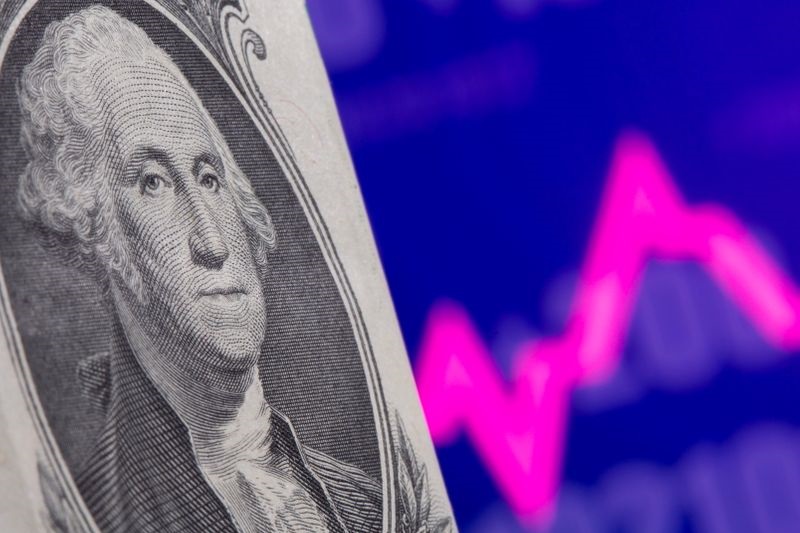Forex
Asia FX rises, dollar hits 15-month low on weak inflation


© Reuters
Investing.com — Most Asian currencies strengthened on Thursday, while the dollar languished at 15-month lows after weaker-than-expected U.S. inflation data spurred bets that the Federal Reserve was close to hitting peak interest rates.
U.S. also dropped after the weak inflation reading, as the data, coupled with signs of a cooling labor market, spurred bets that the Fed will likely taper its hawkish stance in the coming months.
The dollar fell sharply in overnight trade, with the and losing about 0.1% each in the Asian session. Both indicators were trading at a 15-month low, after tumbling 1.2% in the prior session – their worst day so far in 2023.
Weakness in the dollar saw most Asian currencies rally late on Wednesday, with regional units steadying in morning trade on Thursday. Asian currencies were battered by a sharp increase in U.S. interest rates over the past year, and have rebounded sharply on the prospect of an end to the Fed’s rate hike cycle.
The , one of the worst performers in Asia so far this year, traded close to a two-month high against the greenback, while the rate-sensitive rose 0.1% after the kept interest rates steady for a fourth consecutive month. Both currencies rallied over 1% each in overnight trade.
Gains in commodity prices saw the jump 0.4%.
Chinese yuan lags after dismal trade data
was among the few outliers in Asian currencies for the day, trading flat after overnight gains as data showed the country’s trading conditions worsened further in June.
Both and shrank substantially more than expected through the month, while the country’s missed expectations. The reading, which follows and for June, further highlighted a slowing economic recovery in the country, even after it lifted anti-COVID restrictions earlier this year.
While easing fears of the Fed helped the yuan recover sharply from six-month lows hit earlier this month, the currency still faces more headwinds from worsening sentiment towards China. More stimulus measures from Beijing are also expected to further undermine the currency.
U.S. CPI weakens, but July hike still on tap
While June’s (CPI) inflation reading pointed to easing overall inflation in the country, , which ignores volatile food and fuel prices, still remained relatively sticky.
This saw investors pricing in an at least by the Fed in a late-July meeting, with several Fed officials also warning that rates will need to rise further in order to curb sticky inflation.
But analysts said that the central bank was still close to reaching peak rates in this hiking cycle, and that an extended pause in more hikes was likely in the coming months.

 Forex3 years ago
Forex3 years agoForex Today: the dollar is gaining strength amid gloomy sentiment at the start of the Fed’s week

 Forex3 years ago
Forex3 years agoUnbiased review of Pocket Option broker

 Forex3 years ago
Forex3 years agoDollar to pound sterling exchange rate today: Pound plummeted to its lowest since 1985

 Forex3 years ago
Forex3 years agoHow is the Australian dollar doing today?

 Cryptocurrency3 years ago
Cryptocurrency3 years agoWhat happened in the crypto market – current events today

 World3 years ago
World3 years agoWhy are modern video games an art form?

 Commodities3 years ago
Commodities3 years agoCopper continues to fall in price on expectations of lower demand in China

 Economy3 years ago
Economy3 years agoCrude oil tankers double in price due to EU anti-Russian sanctions





















